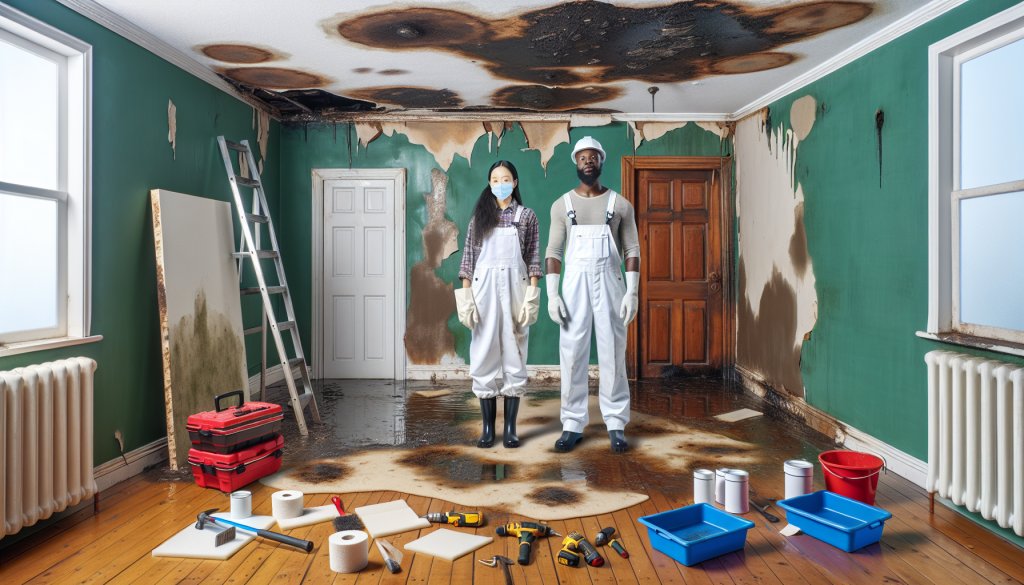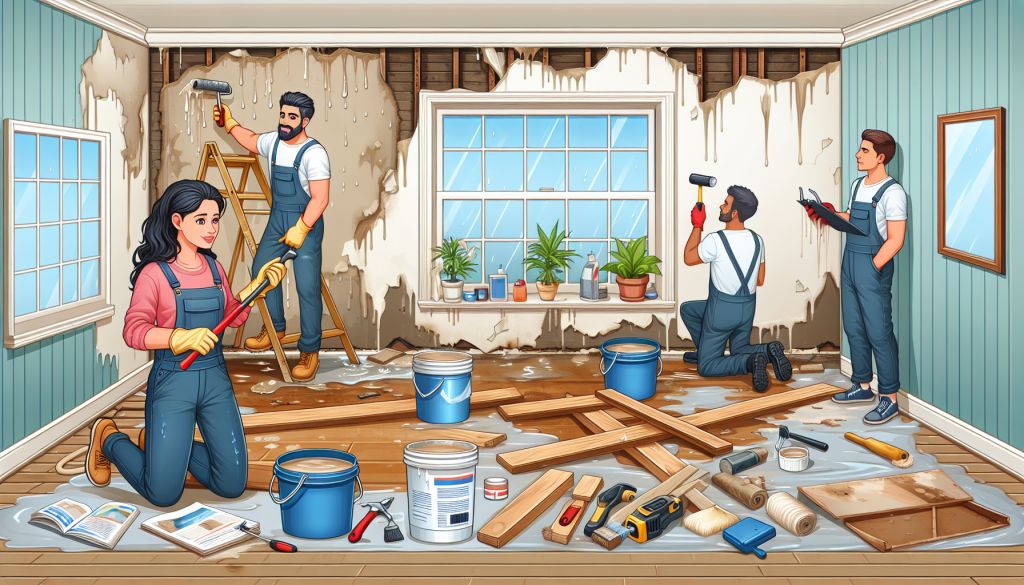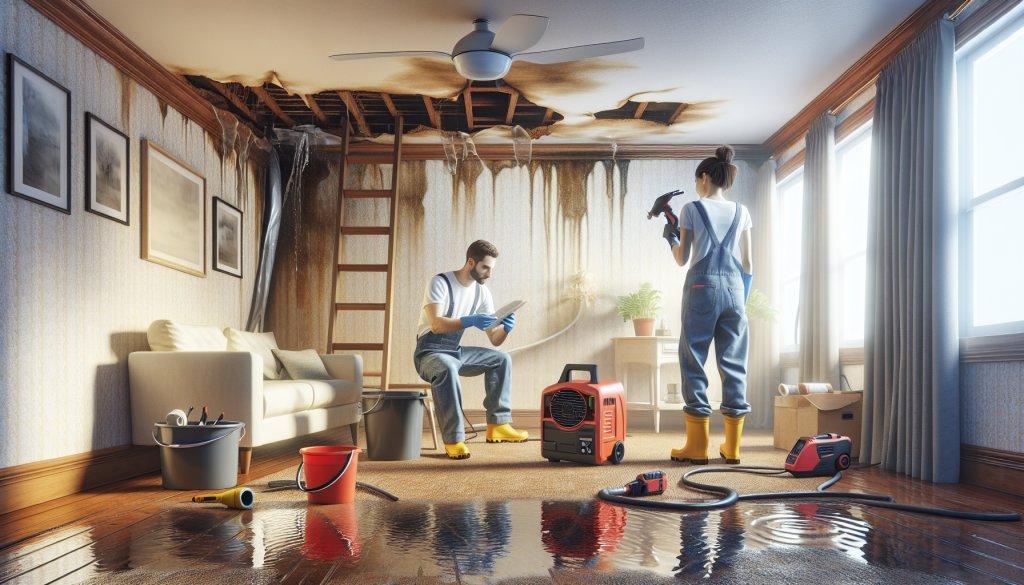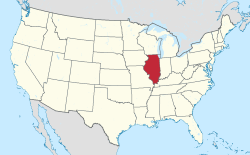After a flood, the aftermath can be overwhelming, and one of the significant concerns is mold. Aurora RiverEdge Homes Water Repair . It thrives in damp environments, making flooded areas a perfect breeding ground. But fear not, there are ways to prevent mold without resorting to harsh chemicals that might do more harm than good. Non-toxic mold prevention after a flood is not only possible but also practical (and, dare I say, essential) for maintaining a healthy living space.
Firstly, its crucial to act quickly. Don't wait for mold to appear before taking action. Once the floodwaters have receded, begin by removing all wet items from the affected area. This includes carpets, furniture, and even drywall if necessary. These materials can hold moisture and become mold's best friend. Remember, its not just the visible water you need to worry about – hidden moisture can be equally harmful.

Now, ventilation is your ally here. Open windows and doors to allow fresh air to circulate. If possible, use fans and dehumidifiers to speed up the drying process. Its remarkable how effective these simple steps can be.
Non-Toxic Mold Prevention After Flood -
- Industrial Water Damage Aurora IL

Ah, but what about cleaning, you ask? Well, vinegar and baking soda are your go-to non-toxic cleaners. Vinegar is mildly acidic and can kill up to 82% of mold species (yep, its true). Just spray it on the affected area, let it sit for about an hour, and then wipe clean. Baking soda, on the other hand, is a natural deodorizer and can help remove the damp smell that often accompanies mold. Mix it with water to form a paste and scrub away!

Its important not to forget about prevention. You see, mold loves moisture, so you've got to keep things dry. Make sure gutters and drains are clear to prevent future flooding. Repair any leaks promptly – the roof, windows, and pipes should all be checked regularly.
Non-Toxic Mold Prevention After Flood - Industrial Water Damage Aurora IL
- 2. Water restoration services 60503
But wait, dont think bleach is the answer! While it might seem like a quick fix, bleach can be harmful to both your health and the environment. Plus, it doesnt always penetrate porous materials where mold can hide. So, stick to natural methods – theyll be kinder to you and your home.
In conclusion, preventing mold after a flood without using toxic chemicals is not only doable but also beneficial. By acting swiftly, ensuring proper ventilation, using natural cleaners, and maintaining a dry environment, you can keep mold at bay. Remember, its about creating a safe and healthy space for you and your family. So, tackle that mold head-on with confidence and a little bit of know-how!










